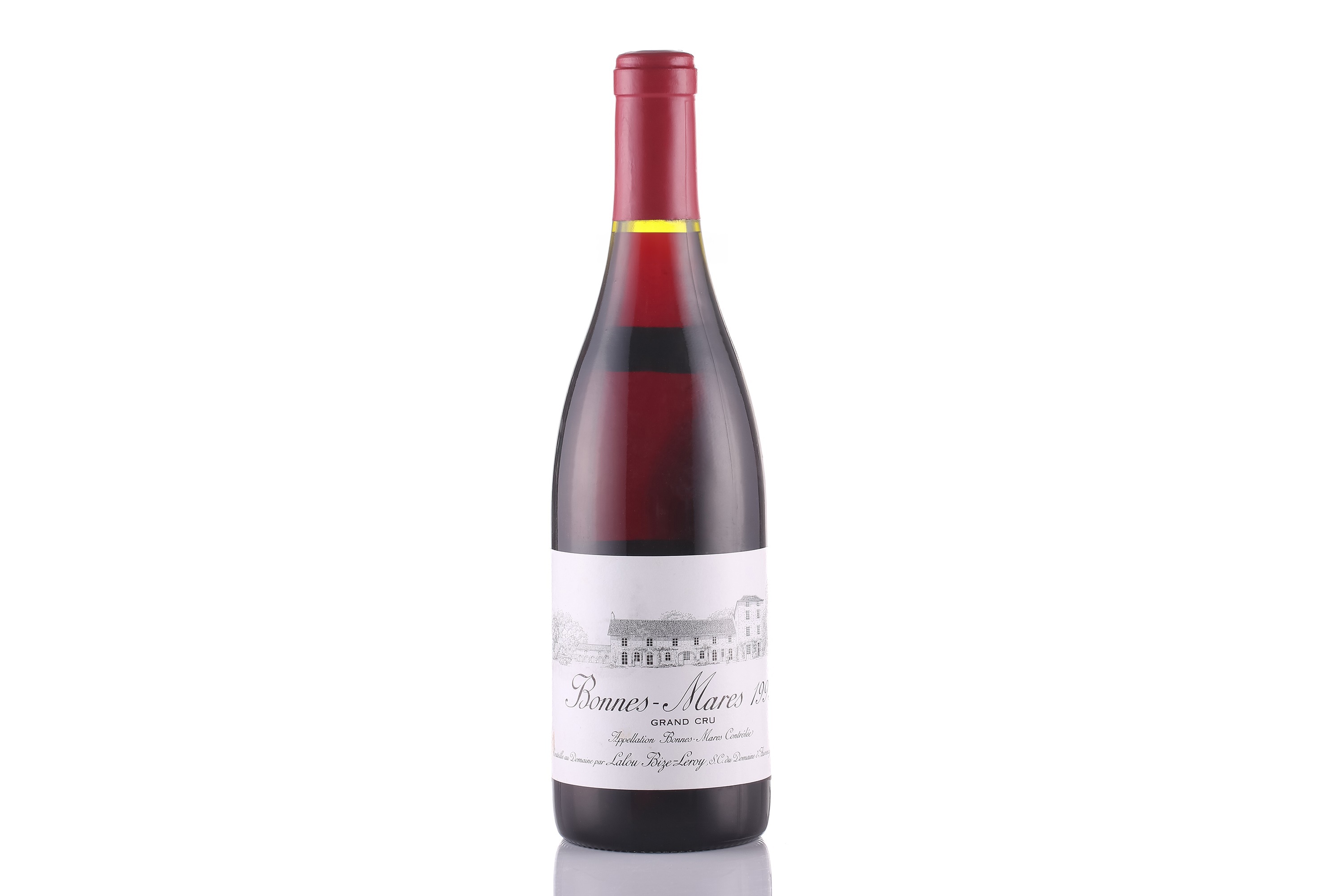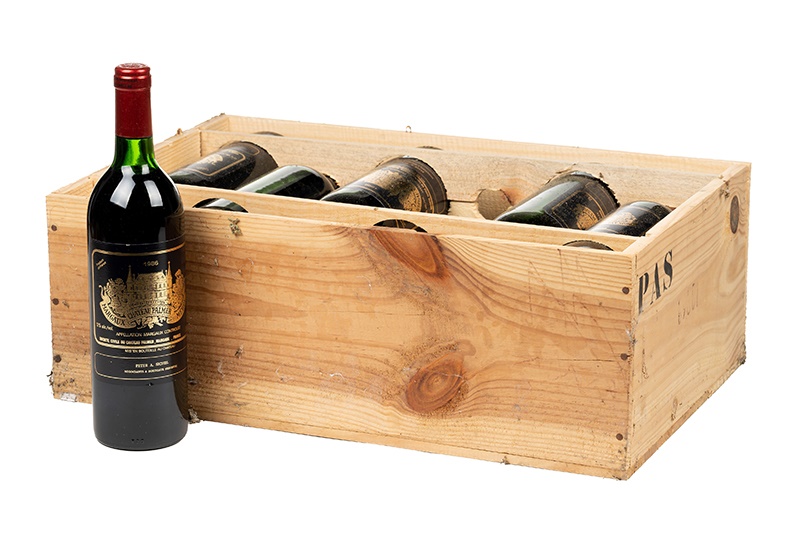What's Considered Fine Wine?
We explore what characteristics are considered by our experts to identify a bottle as fine
09/10/2023
There is no universal definition for the term “fine wine”, indeed there is an expectation of the very highest quality, but quality in itself is a very subjective term. While some might be happy to spend £10 on a bottle and consider a £30 bottle of wine to be fine, another might consider £50 a starting point for a good quality wine but not necessarily fine.

A bottle of Domaine d'Auvenay Bonnes-Mares
Here, we explore what characteristics are considered by our experts to identify a bottle as fine, and therefore investment worthy.
The ageing potential: a fine wine usually becomes mature 10 - 25 years after bottling, but it is fair to say that even a young fine wine should still be enjoyable shortly after being bottled. The general consensus is that fine wines improve over time.
Scarcity: a limited supply of wine designed to improve with age, means that as time passes and these bottles are consumed, their rarity increases. Once consumed, that bottle cannot be reproduced.
A twelve-bottle case of Chateau Palmer, Margaux, 1986
Vintage: this refers to the year the grapes were picked/harvested. Grapes are affected by weather conditions which directly determines the crop size, wine taste and aroma, as well as overall quality.
Brand reputation: the most renowned regions for wine production are Bordeaux, Burgundy, Champagne, Rhone, Tuscany, Piedmont, California, Spain and Australia. There are several wine makers who are considered the best quality producers in their region due to heritage or critical acclaim. They operate to the highest levels of viticultural and winemaking practices, and value quality over demand. By optimising winemaking using local grape varieties and carefully considering soil types, location and microclimates, their grapes are picked by hand and grown with love and appreciation. These estates include Domaine de la Romanée-Conti (DRC), Pétrus, Château Mouton Rothschild and Château Lafite Rothschild.
A bottle of Domaine A Rousseau Gevrey Chambertin Grand Cru, 2005
Price: Although fine wines will have a premium price tag, it is determined by what a seller is prepared to accept versus what a buyer is prepared to pay within the secondary market. The London International Vintners Exchange, or Liv-ex, is an index which tracks the top 100 most sought-after fine wines globally and can offer some insight into the values.
The wine: Premium wines are rated by expert critics, to be considered a fine wine, a minimum rating of 90/100 is expected, while a rating of 95/100 is ideal. Factors that will be considered are the balance of flavours between the acids, tannins, fruits, and alcohol. The length of the flavour, it should linger in a pleasant way. The complexity should feature facets that appeal to both the nose and the palate.
Although fine wine is a subjective term, we can be certain that if a wine is defined as “fine”, it will offer elegance, balance, structure, and complexity. A fine wine defines itself as such by having an active secondary market, where it has pricing history and holds a resale value. Indeed, the more we educate ourselves and the more we know, the more apparent it becomes what we don’t know. Our tastes and perceptions are personal to us, and therefore which fine wines you choose to collect will be down to personal preference with consideration of all the features explained within this article.
Related Articles
Is Fine Wine a Good Investment?
Do you have any fine wine that you are considering selling?
With a global audience of millions, Dawsons can achieve the best price for you at auction.
Get in touch with our Specialists today for sales advice.

